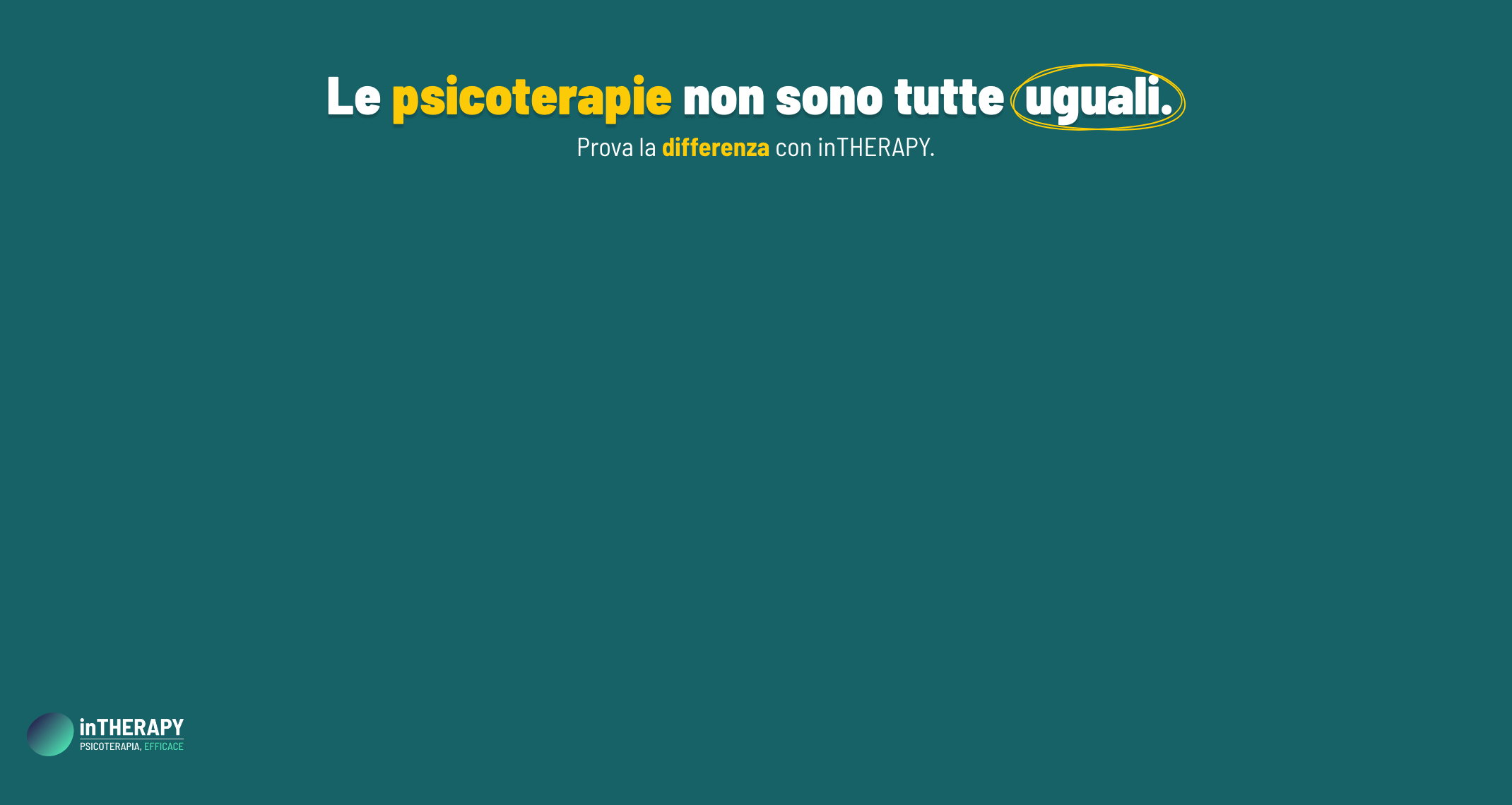– Attachment Series by Jeffrey Pella –

The SSP is the standardized procedure for observing, coding and classifying attachment security in infancy. The procedure is separated into eight standardized individual episodes which are organized from least to most stressful. During the SSP, an infant is placed in an unfamiliar room with their mother and is encouraged to explore various toys. A stranger then enters the room and makes a gradual approach to the child. The mother then leaves the child alone with the stranger. The mother subsequently re-enters the room, the stranger leaves, and the mother remains with the child for a further period. The mother then leaves and the child is alone for the next episode, then the stranger re-enters the room. Finally the mother re-enters and the stranger leaves (Ainsworth, 1978). The SSP is videotaped, child behavior is coded and then the attachment style is determined.
Ainsworth, Bell and Stayton described the three principal categories of attachment, these include: 1) secure; 2) anxious/resistant; 3) anxious/avoidant. Subsequently, Main and Weston, (1981) studied behavior characteristics of infants who were judged unclassifiable within the Ainsworth system. The behaviors of these infants were allocated to the fourth attachment category, disorganized.

This section will provide a brief description of the characteristic behaviors of infants with secure, anxious/resistant, anxious/avoidant and disorganized attachment styles, and the parental behavior which is theorized to promote each attachment style.
Securely attached infants display confidence in their mothers’ ability to be available and helpful in uncertain or stressful situations. This attachment style is theorized to develop through maternal displays of prompt, sensitive and consistent parenting and their ability to provide protection for their infant.
An infant who displays an anxious/resistant style is characterized by showing a lack of confidence in their parent’s ability to be available or responsive to them. This is theorized to develop through unreliable and inconsistent parental care. The lack of consistent care generates uneasiness and strains the dyads’ relationship.
An anxious/avoidant attachment style is characterized by an infant who expects to be rejected when they seek attention and care from their parents and therefore learns to avoid displaying their needs. This attachment is theorized to be promoted by parents who constantly reject their infant’s approaches for security and comfort.
Lastly, a disorganized attachment style is characterized by the infants’ appearing to be disorientated and dazed. This attachment style is theorized to be displayed by infants of mothers who act in a withdrawn or intrusive style or who display behavior that is fearful or unexpected for the infant. Therefore, the infants are fearful of the figure they also depend on. Commonly, many studies form a composite binary variable which combines the attachment classifications into secure (secure only) versus insecure attachment (anxious/resistant, anxious/avoidant, and disorganized).
In my next installment I will begin discussing attachment development in the context of maternal psychopathology.
REFERENCES
- Ainsworth, M. D. S., Blehar, M. C., Waters, E., & Wall, S. (1978). Patterns of attachment: A psychological study of the strange situation. Hillsdale, New Jersey: Erlbaum. (see on Google Books)
- Main, M., & Weston, D. R. (1981) The quality of the toddler’s relationship to mother and to father: Related to conflict behavior and the readiness to establish new relationships. Child Development, 52, 3, 932 – 940.


